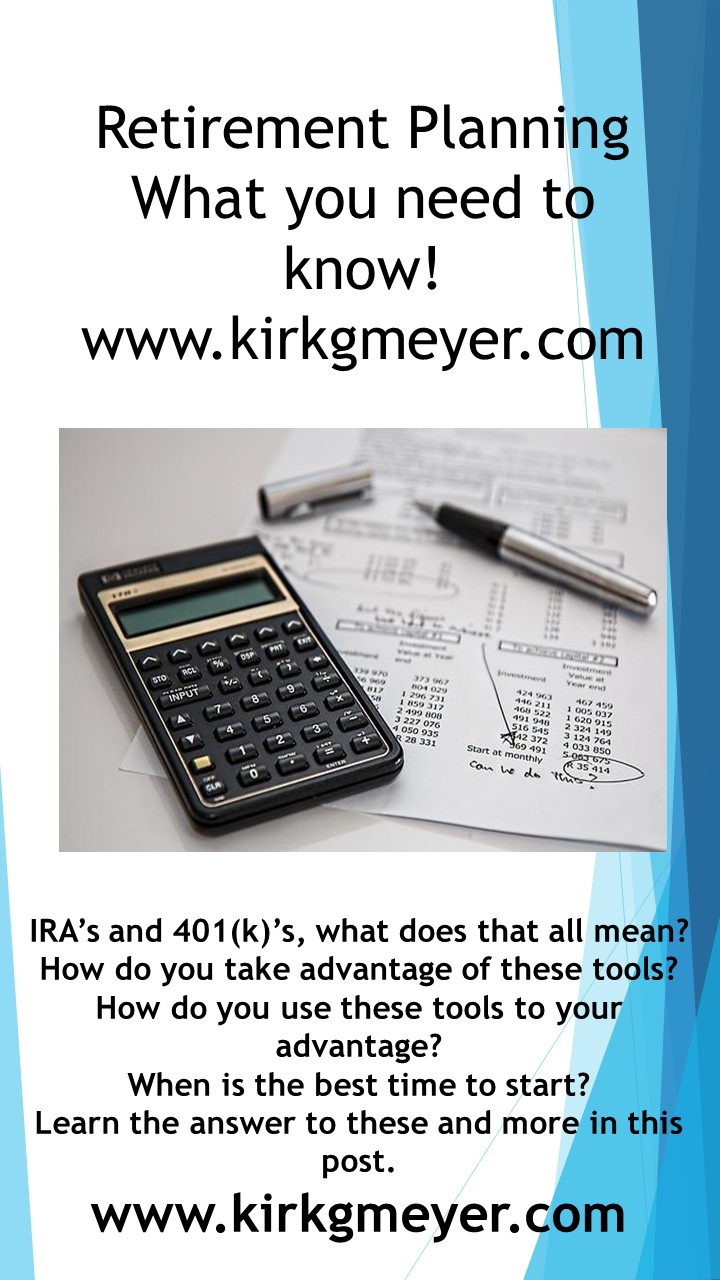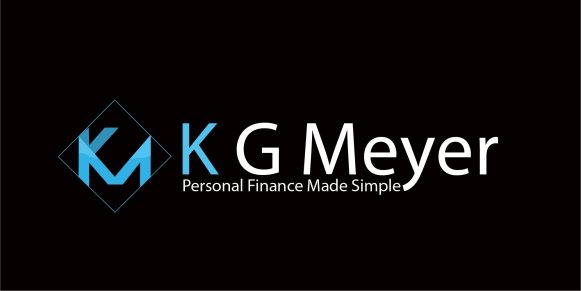
Are you saving enough for your retirement? Chances are you are not considering the majority of Americans have less than $20,000 saved in retirement accounts. This means you will need to consider how you will increase your savings and prepare for a comfortable retirement. So, how do you maximize your savings for retirement? First, let us start with a workplace plan called a 401(k).
In the 1980’s the government created the 401(k) as a way for companies to shift the expense of traditional pensions away from a corporate expense and have their employees fund their own retirement through these new 401(k) plans. As you can imagine, a pension is a very expensive thing for a company to fund and manage properly on behalf of its employees. 401(k) plans allowed for companies to shift the cost of funding an employee’s retirement to the employee and not the company. Most 401(k) plans offer a variety of mutual funds or target date funds in which you can invest in. Not all plans are really considered good, but there may be a benefit that makes it worth your while to save at least a portion of your pay in these accounts. And that reason is most companies will match anywhere between 1% and 6% of the employee’s contribution meaning that is a 100% instant return on your investment. Now if your company’s 401(k) plan has poor investment choices or higher than average fees I recommend investing up to the match and stop for the time being. But for those who wish you can save up to $18,000 if you are under the age of 50 annually and an additional $6,000 for those 50 and older. So what do you do if your company does not have a 401(k) plan or it is not a very good one? Move on to the Individual Retirement Account or IRA.
Now there are two types of IRA’s, a Traditional IRA and a ROTH IRA. In order to invest in either you must have earned income in the year in which the contribution was made unless you are a non-working spouse in which case your working spouse can make contributions for you. Now you may be wondering what the difference between the two IRA’s and that boils down to the taxation of the contributions made is. Provided you meet the income guidelines established by the IRS and have earned the income you can contribute to one or both of these IRA’s. In a Traditional IRA, the contributions are not taxed and will grow tax-deferred until age 59 ½. Then when you make a withdrawal, the amount withdrawn is taxed as ordinary income and you must start making withdrawals by age 70 ½. For ROTH IRA’s the contributions are made on money that has been taxed and grows tax-free until age 59/ ½, and there is no age at which you must make a withdrawal. The annual limits for IRA’s are much lower than those in the 401(K), and they are $5,500 for those under age 50 and $6,500 for those over age 50.
What if you work for yourself and have maxed out the limits on your IRA? Well, there is the SEP IRA for the self-employed that allows you to save 25% of your self-employment earnings or $55,000. The nice thing here is you are allowed to have both an IRA and a SEP IRA with the SEP allowing you to save a considerable amount more than an IRA.
Other tools that people are using are Health Savings Accounts or HSA’s. These are accounts established for individuals with high deductible health insurance where they set aside a portion of their salary to cover qualified health care costs on a pre-tax basis. The funds in an HSA account grow tax-deferred and are actually like a ROTH IRA and are tax-free if used on a qualified healthcare expense. These are extremely popular with younger workers who do not go to the doctor often or have chronic health care issues. And with the higher deductible, the monthly premiums are considerably lower allowing for you to save the difference in the HSA account. And since healthcare costs can be the majority of your expenses in retirement these, if used properly, can be excellent retirement planning tools.
And just because you are saving for your retirement never ignore a traditional brokerage account, where you can save as much as you can or want. The only difference is you will be taxed on any realized gains or income produced by the account in the year it was earned. But that is not necessarily a bad thing as it is wise to have different income streams available to you in your retirement years.
Retirement does not have to be complicated, but it is wise to consult a fiduciary fee-only adviser to make sure you are taking advantage of the options available to you. If you have any questions or need some assistance, concerning your retirement situation, feel free to contact me directly or leave a message here.







